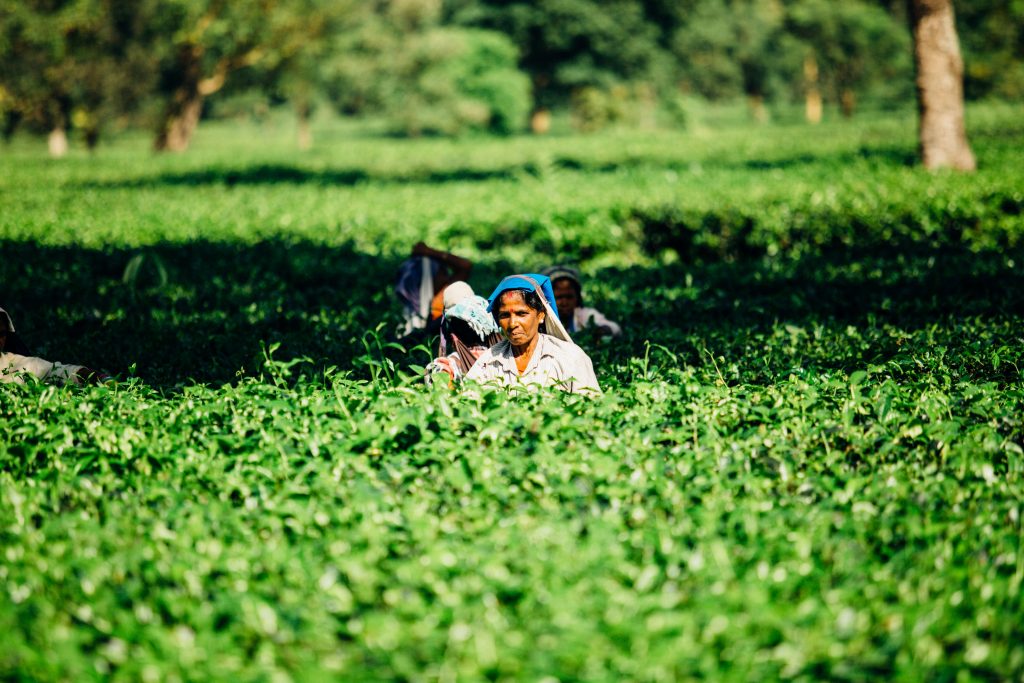Perspectives on the Agriculture Industry – Part I: Consumer Influence
Executive Summary:
The Ag and Food industries are changing rapidly as consumer demands and technology innovation drive change. The next 20 years promise to be an exciting time as we see a whole new range of foods and technology in the marketplace.
The last 60 years was mostly about productivity and efficiency in producing food – the focus was on yields. Technology was dominated by improved breeding, mostly for yield, and chemicals for increasing fertility and pest management. It was the green revolution from the 60’s to the 90’s followed by the gene revolution (GMO’s) in crops; again, largely to increase productivity and lower cost of production.
However, over the last 5-10 years we have seen significant changes as consumers demand healthier, more nutritious foods. Concurrently, a plethora of new technologies have emerged for growing food with improved quality.
This change is not a passing fad; all evidence shows it is real and we are on the cusp of significant change. Over the next 20 years these technologies will mature and offer opportunities for investment in a myriad of new companies and career growth for professionals in the field.
Historical Perspective:
The last 50+ years have been pivotal in dramatically increasing US and world food production – be it cereal grains, fruits, vegetables, dairy or meat. From a technology standpoint, much can be attributed to the green revolution in the 60’s and 70’s – the use of improved genetics, chemical inputs and advancements in mechanization and irrigation.
The period 1996 thru 2016 saw a dramatic change in the ag input industry. Bioengineered crops were first introduced in the mid 90’s and within a few years farmers in the US, Brazil, India and other countries adopted the technology in major crops like corn, soy, and cotton. Several countries are planting GM crops or importing produce from countries producing GM crops. Currently, approximately 450M acres of GM crops are planted around the world each year.
This demonstrated to farmers around the world the power of technology to dramatically increase yields and manage pests (weeds and insects). During the same period, huge advances in breeding technology including molecular and marker assisted breeding fundamentally changed how plant breeders develop new crop varieties and hybrids. Coupled with transgenic technology the period from the mid-nineties to the mid twenty-teens saw the fastest adaptation of these technologies by farmers.
By the middle of the prior decade (~2015) it became apparent that transgenic technology appeared to have peaked as novel trait introductions became less frequent. New products introductions were limited to newer versions of the existing agronomic traits and stacking of multiple traits.
Additionally, opposition to GMO’s impacted regulatory processes and slowed approvals in many parts of the world. Lower commodity prices have caused farmers to not invest in higher priced seeds.
Bioengineered seeds have been most successful in weed and insect management. Abiotic stress management traits have had limited success (drought tolerance). Resistance has developed to Bt traits in corn and cotton leading to increased use of pesticide use after many years of reductions in pesticide use. Similarly, development of glyphosate (Roundup) resistance weeds has also resulted in increased pesticide use after many years of reductions.
The world of ag and food is changing rapidly. Today; the consumer is driving the change and the entire industry is responding to the consumer.
Changes in Consumer Demands:
Consumer demands are changing rapidly. We want more naturally produced food, organically grown and non-GMO. There is more local sourcing or “farm to table” as opposed to food transported overt long supply chains.
Consumers are also demanding more nutritious (or functional) foods – higher protein, less processed, less sugar, more fiber, less carbs etc. Consumers are also demanding better quality – improved taste, color texture. Sustainable production and more plant-based foods are also a consumer demand.
Transparency in food is also a major concern. People want to know more about what they are eating and what is in their foods.
All of these changes are driving changes on how farmers are producing food. They are growing more organic crops, and more specialty crops which will give them a higher income as commodity process continue to be low.
Supply chains are also responding by developing improved ways of identity preservation – keeping the specialty crop separate from the commodity crop all thru the storage, handling and transportation.
